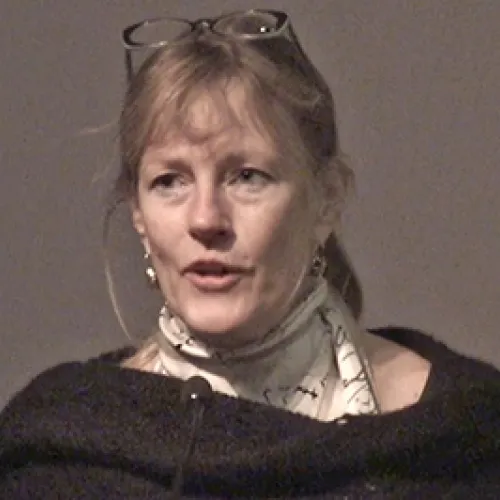Janice Leoshko taught courses about various issues concerning the art of South Asia as well as Buddhist Art throughout Asia. While her research primarily concerns the development of Buddhist traditions in India, she has also been involved in projects regarding other religious traditions in South Asia, including those of Islam. Linking most efforts is an abiding interest in how knowledge is constructed or what happens when we ask the simple question “why do we think this way?” Her book, Sacred Traces: British Explorations of Buddhism in the 19th-century (2003) exemplifies this interest as do articles such as “What Is in Kim?: Rudyard Kipling and Tibetan Buddhist Traditions” and “Gauguin’s Buddhism”. Her research has especially focused upon long held assumptions about the historical importance and artistic production at Bodh Gaya, the Indian site where the Buddha achieved enlightenment (see for example, “About Looking at Buddha Images in Eastern India” and “Buddhist Ruins at Bodh Gaya and Bamiyan”). She also writes about the influence of museums and exhibitions, partly a result of time spent as a curator at the Los Angeles County Museum of Art (“Inside Out: Views of Jain Art”). For the university she developed and served as the first director of the graduate portfolio in museum studies and has organized major programs for UT’s South Asia Institute such as an international conference that resulted in the volume Reimagining Aśoka, Memory and History. Recent focus on Sri Lankan art led to her current book project on the significance of the early writing of the major scholar, Ananda Kentish Coomaraswamy.

Dr. Janice Leoshko
Associate Professor Emerita, Art History (South Asian Art)

